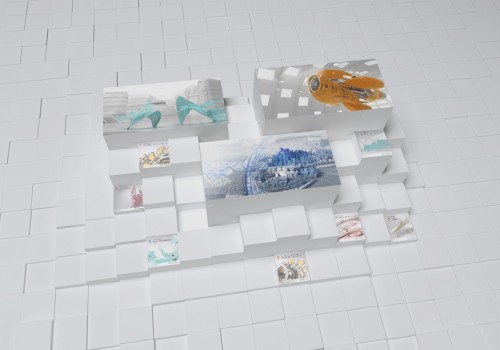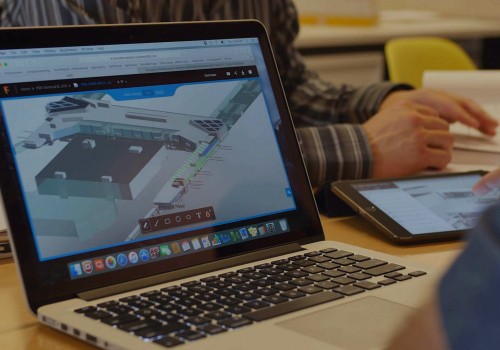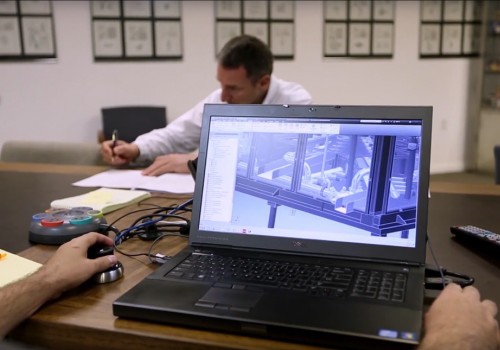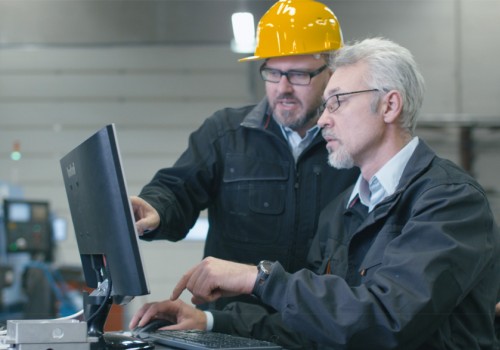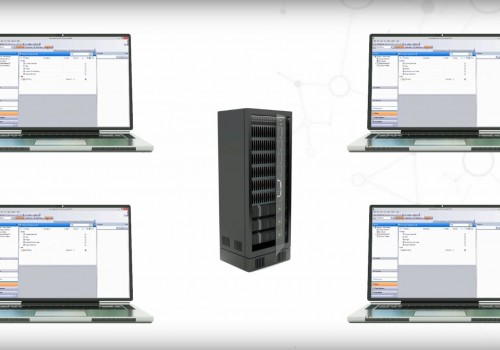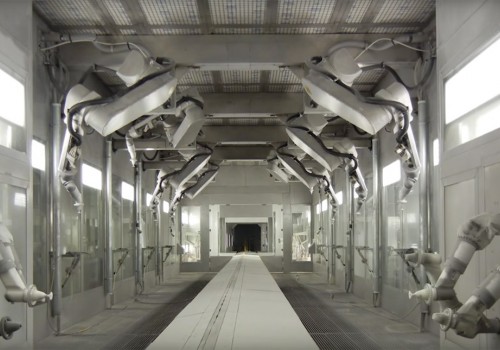Manufacturing companies face various collaboration and file-sharing challenges. They are often hesitant to let go of processes that are working for them – even if those processes are complicated and do not support dynamic collaboration. Some, especially those of larger firms, may also have concerns about maintaining information securely in the cloud.
In this era of connection, product iteration happens at a much faster pace than it is has in the recent past and involves much more highly distributed teams, which makes old methods of collaboration barriers to effective collaboration.
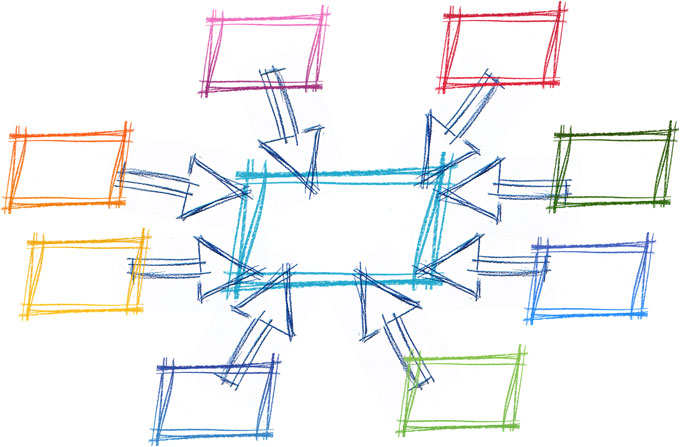
The 5 Challenges
Challenge #1 – Reviewing Designs:
Product designers need an easier way to review designs with other and capture design feedback. Customers and clients desire greater project transparency, and need a way to collaborate with their designers and view the latest designs without the need for proprietary authoring software.
Today, they work to resolve the issue by sending design files by email, or uploading them to an FTP site or cloud-based file-sharing service, and then discuss designs with others by telephone or a screen-sharing application. This process is slow, prone to miscommunication, and often impossible for stakeholders off site with mobile devices.
Challenge #2 – Delays/Rework Due to Miscommunication:
Communication is often the top challenge when coordinating across teams – and is especially challenging when teams are highly distributed. In the context of today’s global workplace, the need to connect in real time with project team members in multiple locations will become the rule more than the exception for many designers, engineers and their supply chains.
Use of email, instant messaging, and screen-sharing applications can help to accelerate communication, but these tools have limitations and cannot support truly seamless, real-time collaboration across an entire project team, especially when dealing with design-specific files and complex project data.
Check out D3's Fusion 360 Blog!
Challenge #3 – Decentralized File Systems / Multiple CAD File Formats:
Without the proper software, project stakeholders cannot view designs saved in various CAD design formats. It is also typical for different consultants to work on file formats that are different from what primary designers or engineers on the project may be using. Some collaborators may not even have access to specific software programs (such as Inventor® or SolidWorks®), depending on the type of work they do.
Challenge #4 – Sharing and Finding Files:
From 2D and 3D design models to documents to spreadsheets, sharing files with a distributed project team is complicated. Version control issues and the loss of files and design changes are common problems. So, too, is the ability to simply find the proper files among dozens – or hundreds – of files that are related to just one project.
When files are emailed to core team members and other stakeholders, they are decentralized and separated from the overall project. Sending files, searching for the right file, staying on top of which file is current, and scrambling to replace information that has been misplaced or accidently deleted can slow down the pace of the entire project.
Challenge #5 – Tracking Activity and Progress:
Much time is spent – and lost – on projects simply trying to assess where team members are in the development of their deliverables or completion of their tasks. Lack of a centralized location for all project information, and for tracking activities, comments, and design feedback, can lead to confusion and unnecessary project delays.
Meetings by email, phone, videoconference, or even in person can help people stay up to date on progress, but they also can undermine productivity. And with highly distributed and geographically dispersed teams, meetings can be challenging or even impossible to schedule – including at critical times for decision making during the project.
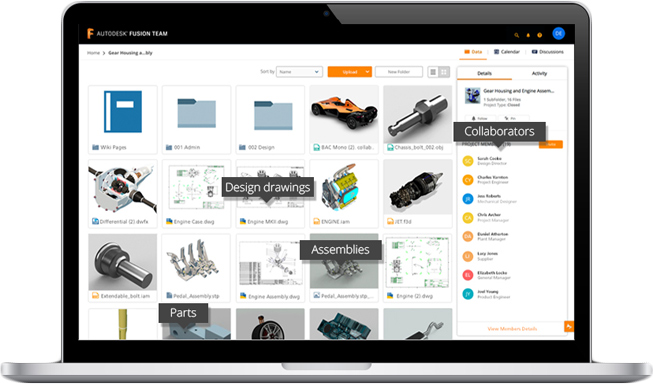
The Solution
Effective collaboration doesn’t have to be complicated. The challenges we just discussed clearly indicate that an effective collaboration platform needs to be able to bring people to a single space for working together in the cloud, a place where teams can:
- Collaborate anywhere with the entire project team
- Communicate and make decisions faster and more efficiently
- Share and review models instantly, from any device
- Find the most up-to-date versions of documents and files easily
A cloud-based 3D CAD, CAM, and CAE tool for product development like Autodesk Fusion 360 with Fusion Team can do all of the above and more. While technology exists for sharing files and collaborating there is no solution as comprehensive or tailored to manage your design data as Fusion Team. No other technology available today supports the type of real-time design collaboration enabled by Fusion Team – the type of collaboration critical for distributed project teams to communicate and create effectively in today’s workplace. That’s why every customer design project should start with Fusion Team.
Try Fusion Team Today. Contact D3.
Additional Resources
Featured Products
Featured Products
Article
Featured Products
Article
Featured Products
Autodesk Fusion Team: Collaboration for Product Design & Manufacturing


